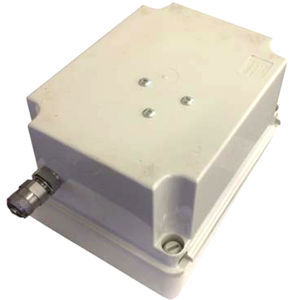
Nitrogen pressure regulator RID seriesdiaphragmsingle-stagebrass

Add to favorites
Compare this product
Characteristics
- Product
- for nitrogen
- Technology
- diaphragm
- Number of stages
- single-stage
- Material
- brass
- Applications
- cylinder
- Pressure
220 bar
(3,190.83 psi)- Orifice diameter
16 mm
(0.63 in)- Temperature
Max.: 80 °C
(176 °F)Min.: -20 °C
(-4 °F)
Description
The pressure regulator is used to adjust the precharge pressure between the nitrogen cylinder and the accumulator. For the operators safety, when using nitrogen gas cylinders, it is necessary to install a pressure reducer. It allows to reduce the available pressure in the cylinder, to the required pressure. The reduction is manual and directly visible on the gauge.
With this reducer, you can avoid the possibility to preload an accumulator that has a lower working pressure than the nitrogen cylinder pressure. The inlet connection is coupled directly to the nitrogen cylinder connection in the country of installation, while the preload tube it’s connected to the reducer outlet. The reducer has a strong construction and it’s suitable for nitrogen cylinders up to 200 barg.
The standard version includes
Two pressure gauges to monitor the gas cylinder and reducer pressures. The pressure range is between 0-300 bar. The reduced pressure is adjustable from 0 to 200 barg.
The standard
version includes Two pressure gauges to monitor the gas cylinder and reducer pressures. The pressure range is between 0-300 bar. The reduced pressure is adjustable from 0 to 200 barg.
Catalogs
No catalogs are available for this product.
See all of Fox S.r.l.‘s catalogsExhibitions
Meet this supplier at the following exhibition(s):

*Prices are pre-tax. They exclude delivery charges and customs duties and do not include additional charges for installation or activation options. Prices are indicative only and may vary by country, with changes to the cost of raw materials and exchange rates.












